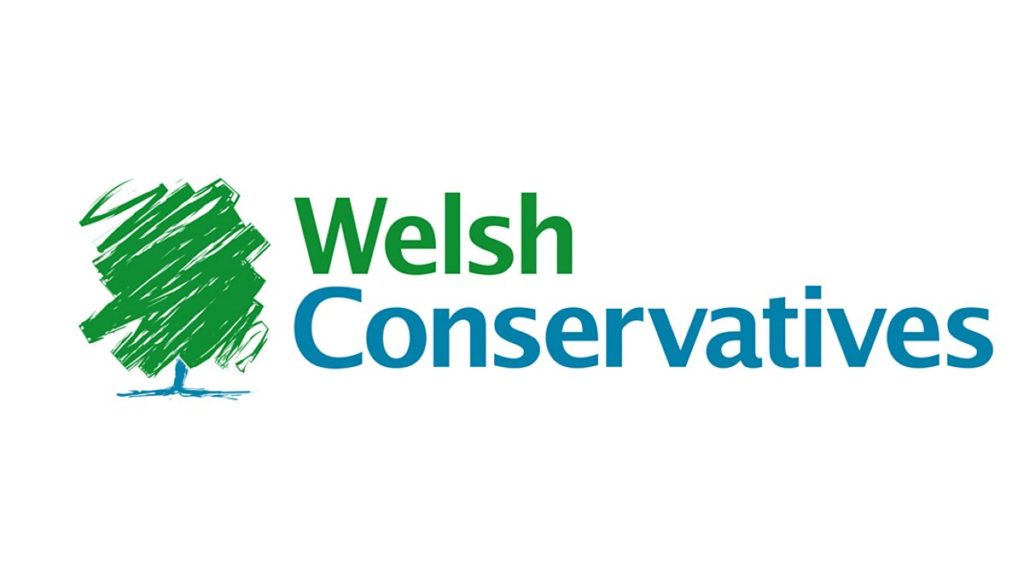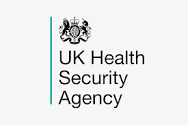PRESS RELEASE : Doctors consider strike as NHS waits end year on sour note [December 2022]
The press release issued by the Welsh Conservatives on 22 December 2022.
Ambulance response times are the slowest on record for the fourth month running as turmoil continues to overcome the Labour-run Welsh NHS, while those experiencing the longest treatment waits still numbers over 50,000 and Wales still has the worst A&E waits in Britain.
Nearly a quarter (24%) of the Welsh population are on a waiting list, with the number of people waiting over two years for treatment now at 54,491, despite such waits being virtually eliminated in England and Scotland.
The figures come the in the week nurses and ambulance workers have gone on strike, and on the day doctors surveyed by the BMA said they would consider striking. Midwives also voted to strike in Wales earlier this month.
Commenting, Welsh Conservative and Shadow Health Minister Russell George MS said:
“Is it at all surprising to see doctors consider striking alongside nurses, ambulance workers, and midwives in Labour-run Wales when we see numbers like this?
“This cost-of-pain crisis is a living nightmare for those forced to wait months, if not years for treatment, while patients are scared about whether they will get an ambulance or not, or whether they will be seen in A&E in a reasonable time.
“But it is clearly taking a toll on NHS staff too who feel like they are entering a warzone every day, but nothing ever changes – all because of a Labour Government that said it would be “foolish” to prepare the easing of Covid restrictions and the demand that would come after several lockdowns.
“Labour need to get a grip on the NHS and stop breaking all the wrong records.”
Also, in October 1-in-4 Welsh patients waited over a year for treatment, but only 1-in-19 do so in England. Meanwhile, the median waiting time for that same month in Wales was 21.6 weeks compared to 13.9 in England.
Additional figures showed nearly a third (32.7%) of patients had to wait over the four-hour target to be seen in A&E last month.
In England and Scotland, the equivalent figure in both was 31% and 32%, respectively. The Welsh target to get 95% admittances seen in four hours has never been met in its 13-year existence.
Statistics also revealed that:
- The Cwm Taf Morgannwg health board was the worst performing area in the nation against the four-hour A&E target, seeing only 61% in four hours;
- An astonishing 51% of patients had to wait over four hours at emergency departments in Ysbyty Glan Clwyd, making it the worst performing site in Wales;
- Nearly 10,000 patients waited over 12 hours in Welsh hospitals; and
- Adults aged 85+ spent an average of six and half hours in emergency departments.
When it came to ambulance performance in November, only 48% of responses to immediately life-threatening calls arrived within eight minutes – the joint-worst rate on record (alongside last month). The target of 65% of red-calls reaching their patient within eight minutes has not been reached now for over two years.
Staggeringly, nearly two-thirds (64.7%) of amber call patients – which include strokes – took over an hour to reach, with only 19% arriving within 30 minutes.
The slowest ambulances were in the Powys health board area with only 39% arriving within the eight-minute target of a red-call. Only 30% came to the scene within an hour of an amber call in Cwm Taf Morgannwg.



